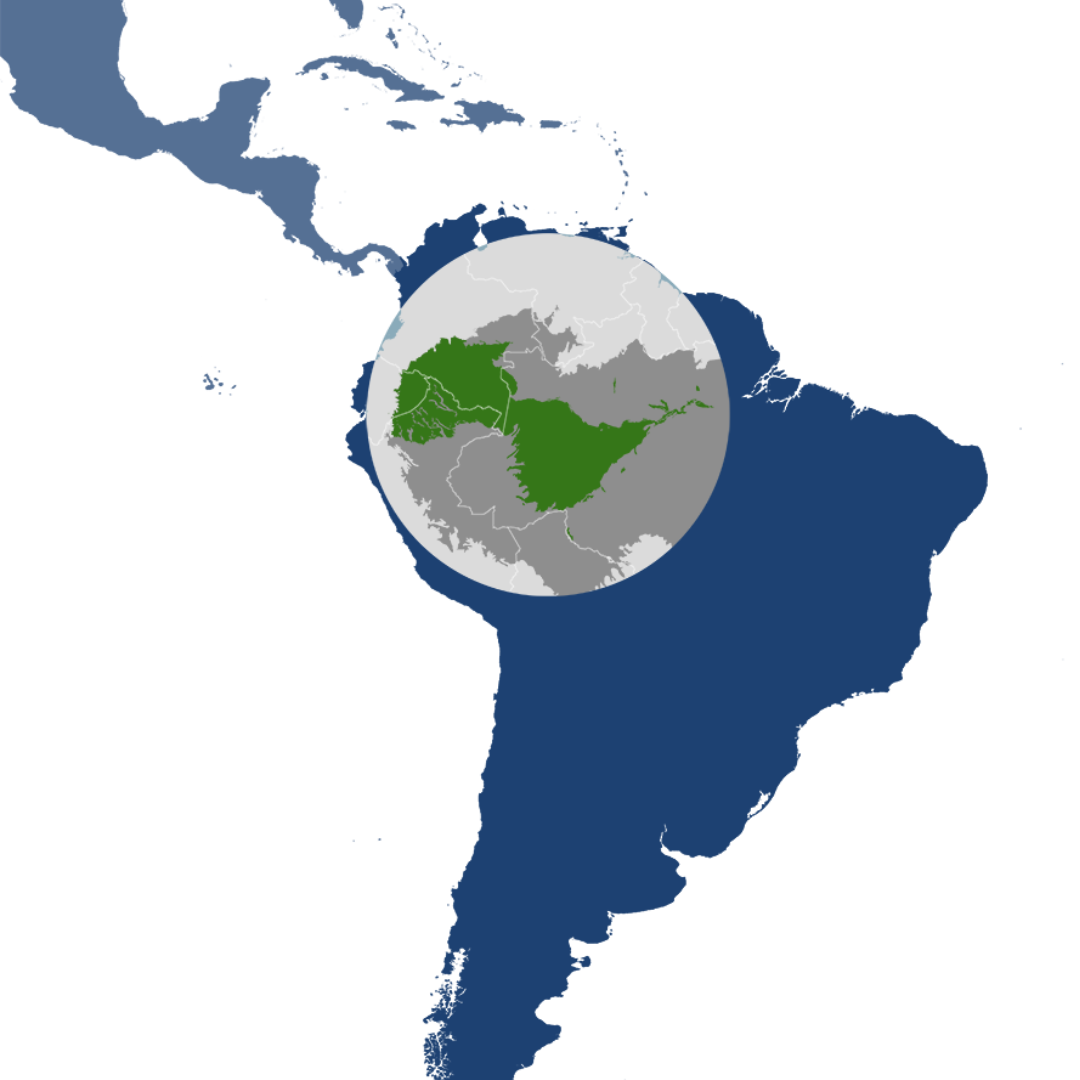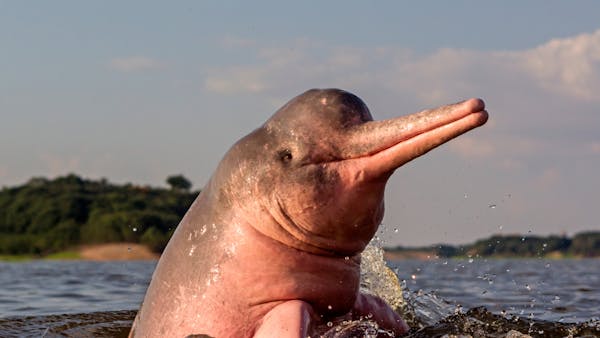The amazing ocellate river stingray found in the Amazon's waterways
One Earth’s “Species of the Week” series highlights an iconic species that represents the unique biogeography of each of the 185 bioregions of the Earth.
Traveling through the Amazon, one is expected to see various creatures in a biodiversity hotspot. One species in its vast freshwater systems, however, is surprising. Far from the ocean is the ocellate river stingray (Potamotrygon motoro) with its unique polka-dot pattern and diet that keeps pest populations in balance.

The ocellate river stingray is the iconic species of the Central Amazonian Forests bioregion (NT19) located in the Amazonia subrealm in Southern America.
Flourishing in freshwater
Also known as the peacock-eye stingray or black river stingray, ocellate river stingrays are most notable for the numerous yellowish-orange spots with dark rings against their grey or brown bodies that resemble eyes. Coloration varies in the species depending on the location in the river system.
Oval in shape, these stingrays typically measure 50 centimeters (1.6 ft) in width and one meter (3.3 ft) in length. The largest recorded weighed 35 kilograms (77 lb), but the average weigh is between 10-15 kilograms (22-33 lb). Females tend to be bigger than males.
Preferring calm waters with sandy riverbeds, ocellate river stingrays are often found partially or fully buried in the summer months to stay cool. In the rainy season, when jungle floors flood, they can be seen swimming through the trees and roots.
Sensory overload evolution
Like other stingray species, ocellate river stingrays have a serrated, venomous tail that serves as protection. Yet, perhaps their most fascinating feature is their sight. With eyes positioned on the top of the head, they have a nearly 360° field of vision.
Distributed throughout their body is a lateral line system, where fluid-filled canals act as a water pressure gauge. Ocellate river stingrays also have an extremely sensitive electroreceptor system, which gives them the ability to perceive low-frequency electrical currents from hidden creatures.
So, if the ocellate river stingray cannot see prey, they can feel them. Their sense of smell is highly functioning too, with well-developed olfactory organs placed on the top of their head.

Close up view of the ocellate river stingray tail. Image credit: © Aman Verma | Dreamstime
Pest predators
With such an array of senses, ocellate river stingrays can prey on a variety of life regardless of how clear or murky the rivers or streams of the Amazon might be. They consume fish, mollusks, crustaceans, and zooplankton.
The most important part of their diet, though, is a massive amount of insects. In this jungle ecosystem, the ocellate river stingray plays the role of a pest controller, balancing the populations of aquatic, flying, and insect larvae.
River-based breeding
Rather than seasonally, ocellate river stingrays breed based on the hydrologic or water cycle of the river systems. Partners mate every three years during dry spells, resulting in 3-21 pups per litter.
While the young are independent at birth, mothers provide nourishment as they develop in utero. Called lipid histotrophy, nutrient-rich secretions are made for the growing fetuses, similar to how mammals give milk to their young.
Explore Iconic Species%2C%20also%20known%20as%20the%20peacock-eye%20stingray%2C%20is%20a%20potamodromous%20freshwater%20ray%20native%20to%20the%20basins%20of%20the%20Uruguay%2C%20Parana%CC%81%2C%20Orinoco%2C%20and%20Amazon%20Rivers.%20dreamstime13297896.jpg?auto=compress%2Cformat&w=1440)


.%20Image%20credit%20%C2%A9%C2%A0Diego%20Grandi%20_%20Dreamstime.jpg?auto=compress%2Cformat&h=600&w=600)

